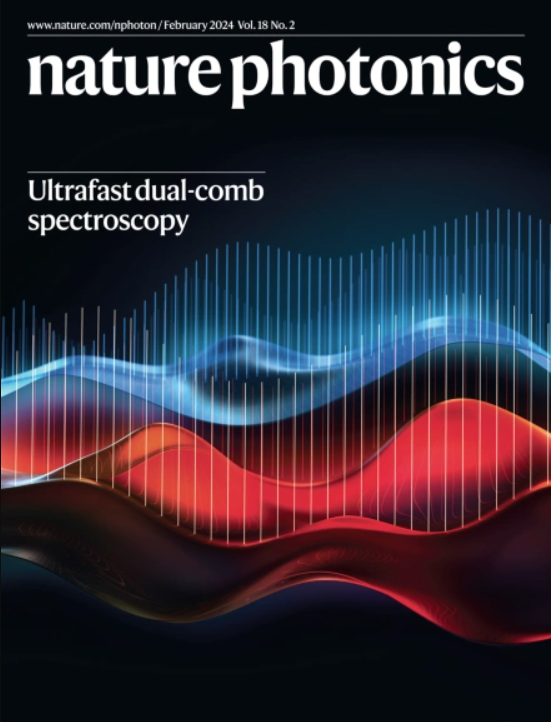Integrated optical memristors
IF 32.3
1区 物理与天体物理
Q1 OPTICS
引用次数: 8
Abstract
Memristors in electronics have shown the potential for a range of applications, ranging from circuit elements to neuromorphic computing. In recent years, the ability to vary the conductance of a channel in electronics has enabled in-memory computing, thus leading to substantial interest in memristors. Optical analogues will require modulation of the transmission of light in a semicontinuous and nonvolatile manner. With the proliferation of photonic computing, such an optical analogue, which involves modulating the optical response in integrated circuits while maintaining the modulated state afterwards, is being pursued using a range of functional materials. Here we review recent progress in this important and emerging aspect of photonic integrated circuits and provide an overview of the current state of the art. Optical memristors are of particular interest for applications in high-bandwidth neuromorphic computing, machine learning hardware and artificial intelligence, as these optical analogues of memristors allow for technology that combines the ultrafast, high-bandwidth communication of optics with local information processing. Optical analogues of electronic memristors are desirable for applications including photonic artificial intelligence and computing platforms. Here, recent progress on integrated optical memristors is reviewed.

集成光学忆阻器
电子器件中的忆阻器已显示出从电路元件到神经形态计算等一系列应用的潜力。近年来,电子器件中改变通道电导的能力使内存计算成为可能,从而引发了人们对忆阻器的浓厚兴趣。光学类似技术需要以半连续、非易失的方式对光的传输进行调制。随着光子计算的普及,人们正在利用一系列功能材料研究这种光学类似技术,其中涉及在集成电路中调制光学响应,同时在调制后保持调制状态。在此,我们回顾了光子集成电路这一重要新兴领域的最新进展,并概述了当前的技术水平。光学忆阻器在高带宽神经形态计算、机器学习硬件和人工智能领域的应用尤其令人感兴趣,因为这些光学类似忆阻器可以实现将光学的超快、高带宽通信与本地信息处理相结合的技术。电子忆阻器的光学类似物是光子人工智能和计算平台等应用的理想之选。本文回顾了集成光学忆阻器的最新进展。
本文章由计算机程序翻译,如有差异,请以英文原文为准。
求助全文
约1分钟内获得全文
求助全文
来源期刊

Nature Photonics
物理-光学
CiteScore
54.20
自引率
1.70%
发文量
158
审稿时长
12 months
期刊介绍:
Nature Photonics is a monthly journal dedicated to the scientific study and application of light, known as Photonics. It publishes top-quality, peer-reviewed research across all areas of light generation, manipulation, and detection.
The journal encompasses research into the fundamental properties of light and its interactions with matter, as well as the latest developments in optoelectronic devices and emerging photonics applications. Topics covered include lasers, LEDs, imaging, detectors, optoelectronic devices, quantum optics, biophotonics, optical data storage, spectroscopy, fiber optics, solar energy, displays, terahertz technology, nonlinear optics, plasmonics, nanophotonics, and X-rays.
In addition to research papers and review articles summarizing scientific findings in optoelectronics, Nature Photonics also features News and Views pieces and research highlights. It uniquely includes articles on the business aspects of the industry, such as technology commercialization and market analysis, offering a comprehensive perspective on the field.
 求助内容:
求助内容: 应助结果提醒方式:
应助结果提醒方式:


